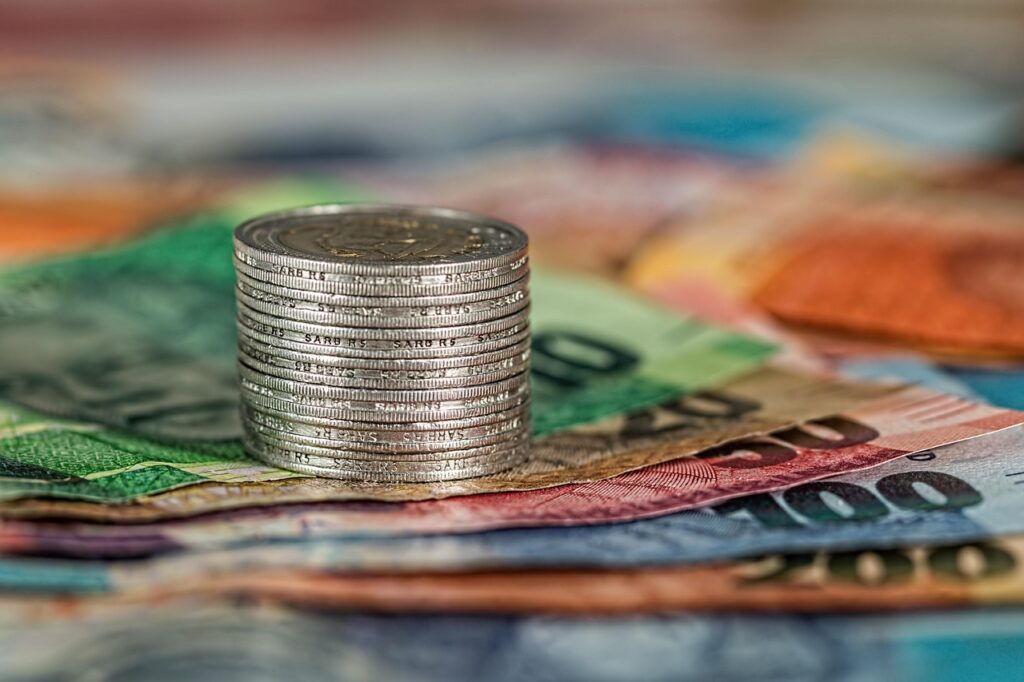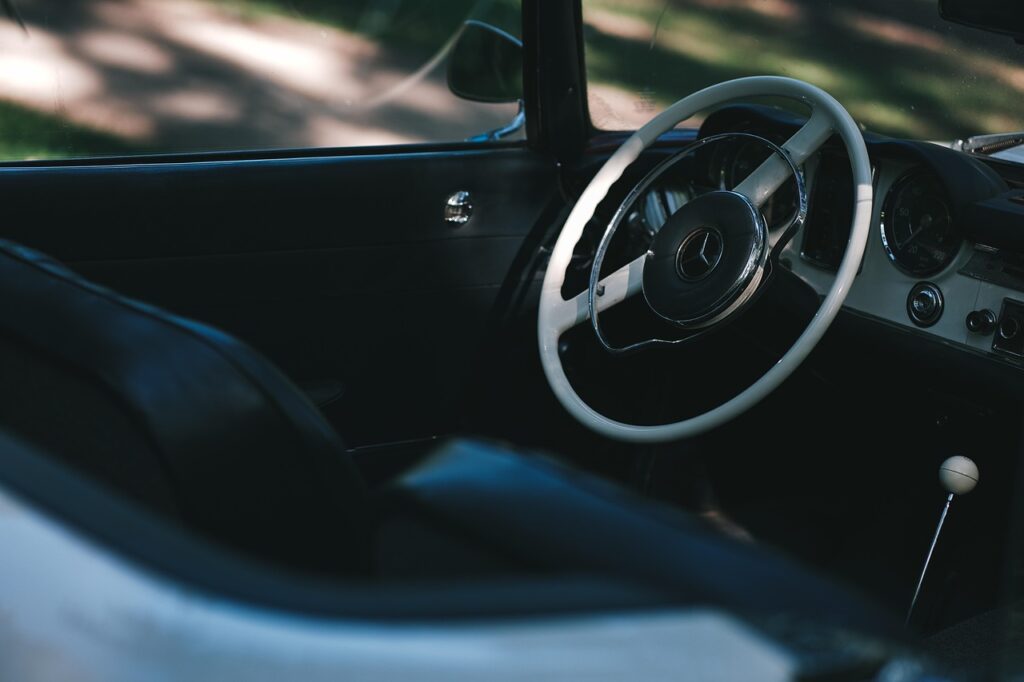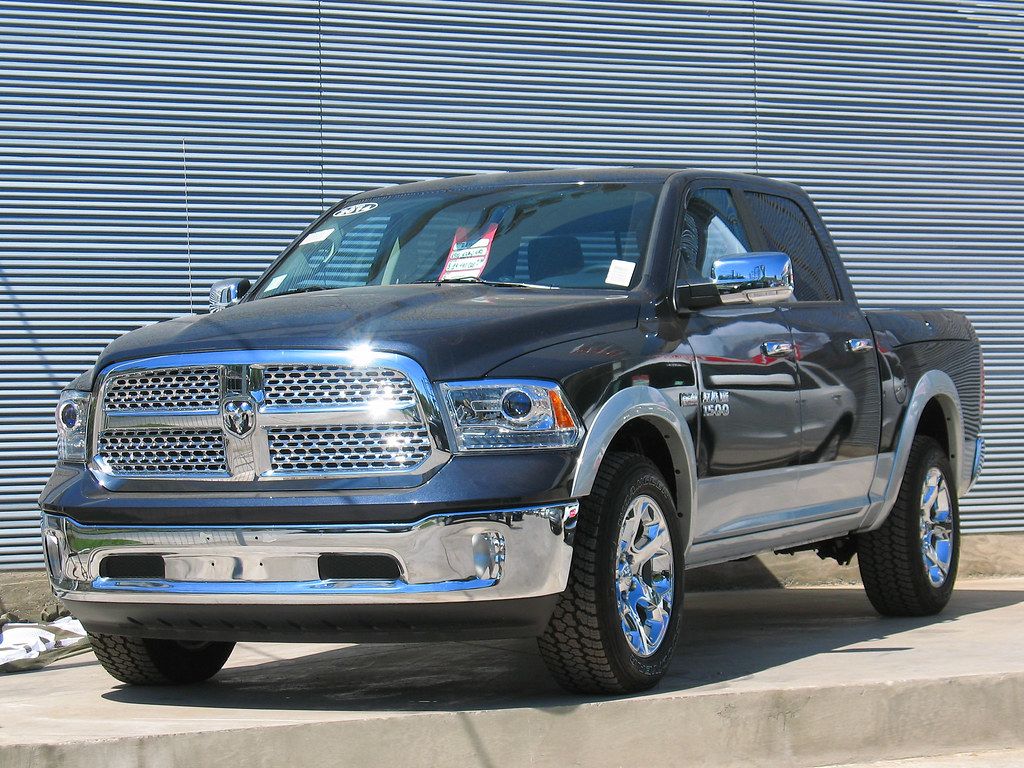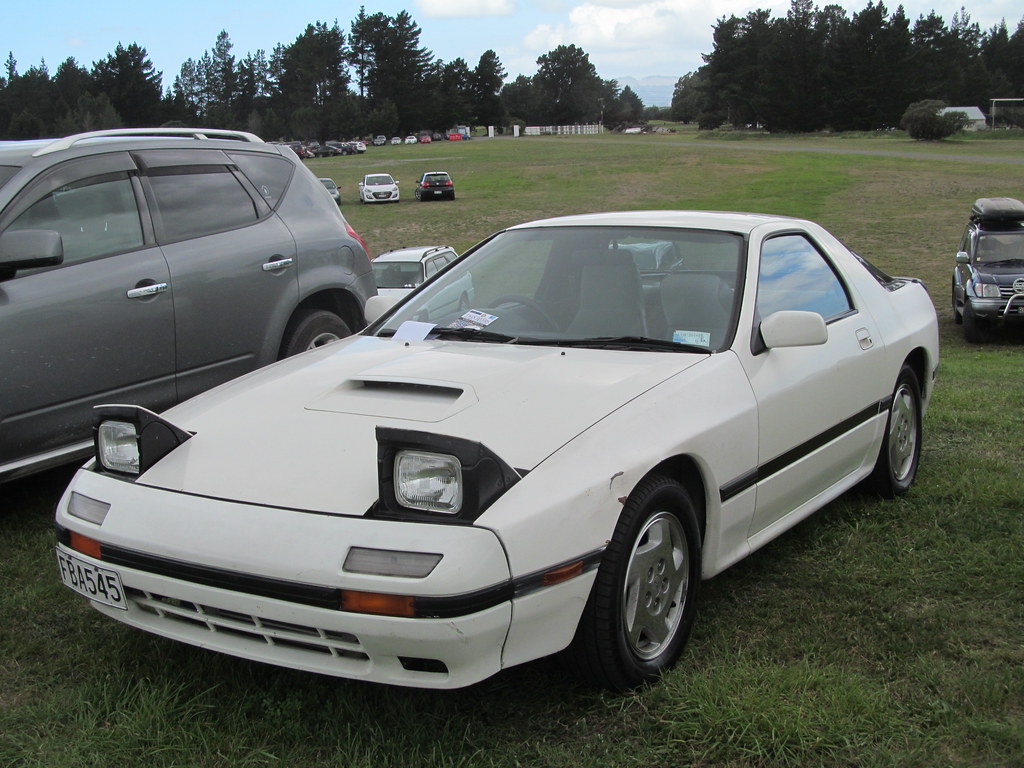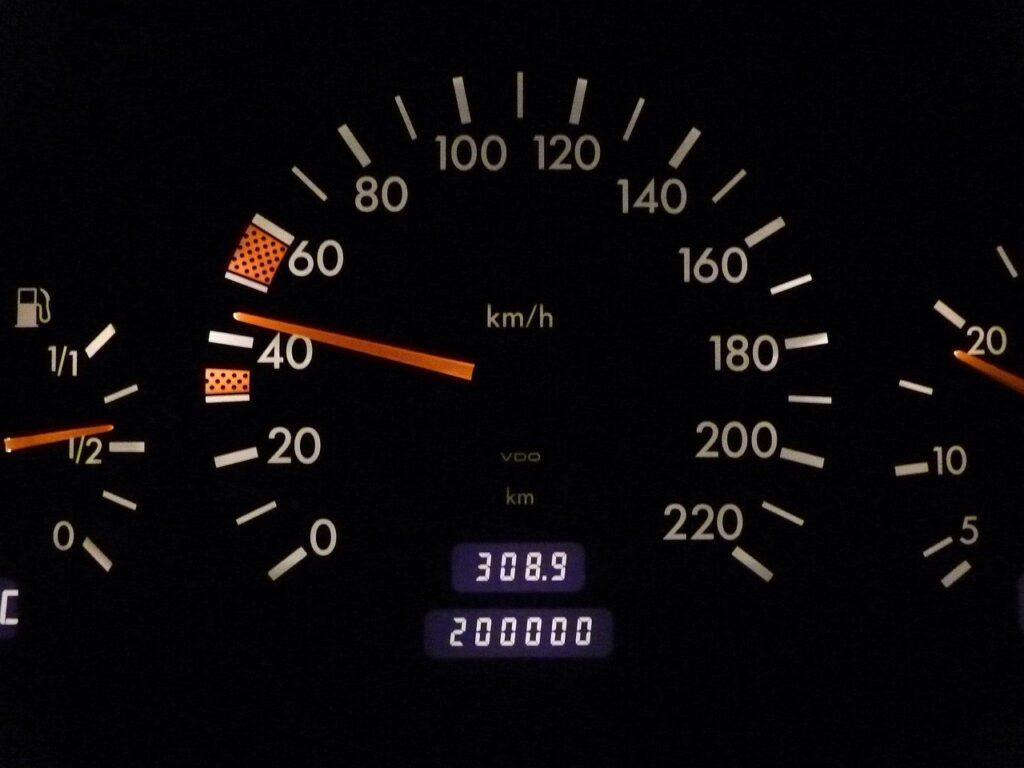
Feeling the ongoing pinch at the pump? You’re certainly not alone. Gas prices have been on a rollercoaster ride, influenced by global events, supply chain hiccups, and ever-shifting demand, making every fill-up a moment of financial consideration. While we can’t control the overarching market forces that dictate these prices, we absolutely can control how we approach buying and using fuel.
This isn’t about grand gestures or impossible sacrifices. Instead, it’s about adopting practical, efficient tweaks to your daily driving habits and vehicle management that can add up to significant savings. We’re here to cut through the noise, offering actionable advice drawn directly from experts to help you make every gallon—and every dollar—go further.
From smarter navigation to understanding your car’s needs, these strategies are designed to fit seamlessly into your life, empowering you to take charge of your fuel expenses. Let’s dive into the first half of these indispensable tips, transforming your drive into a more economical journey starting today.
1. **Utilize Fuel-Saving Apps & Membership Clubs**
One of the easiest and most immediate ways to slash your gas expenses is by becoming a savvy shopper for fuel. Gas prices can fluctuate wildly even within a few blocks, making it essential to know where the best deals are before you even leave your driveway. Fortunately, your smartphone is your best friend in this endeavor.
Apps like GasBuddy, Waze, and Fuelzee act as personal gas price navigators, displaying real-time prices at stations around your area on a convenient map. This allows you to pinpoint the cheapest fuel stops, ensuring you get the most gallons for your money without guesswork. Some of these platforms even let you screen for specific brands, helping you maintain your vehicle’s health by sticking to quality fuel.
Beyond just apps, consider the substantial savings offered by warehouse clubs and big travel centers. Stations at places like Costco or Sam’s Club frequently offer discounted fuel prices to their members. While there’s an initial membership fee, the per-gallon savings can quickly add up, making it an investment that pays for itself over time through consistent fuel discounts.
Moreover, remember that you don’t always need an app if you prefer not to download more onto your device. GasBuddy, for instance, also provides its price-checking services directly on its website, accessible from any web browser. The goal is simply to equip yourself with the information needed to make an informed choice, avoiding the trap of impulse filling at the most convenient, but often most expensive, pump.
Read more about: Unlock Major Savings: 14 Driving Hacks for Boosting Your Gas Mileage in 2025

2. **Choose the Right Fuel Grade**
There’s a persistent myth that filling your tank with premium gasoline will somehow boost your car’s performance or improve its fuel efficiency. For the vast majority of vehicles on the road, this simply isn’t true and amounts to nothing more than throwing money away. Unless your car’s manufacturer specifically recommends or requires premium fuel, you gain no benefit from using it.
Your car’s engine is designed to run optimally on a specific octane level. Using a higher octane than what’s specified does not make the engine run cleaner or more powerfully; it merely means you’re paying more for fuel that your engine doesn’t need to prevent pre-ignition. This is a crucial distinction, as many drivers mistakenly believe premium fuel is always superior.
For cars that do not require premium, sticking to the regular-grade gasoline recommended by the manufacturer is the smart play. You’ll achieve the same fuel efficiency and performance while keeping more cash in your wallet with every fill-up. Check your owner’s manual or the inside of your fuel door to confirm your vehicle’s specific octane requirements.
Additionally, while we’re on the topic of fuel quality, Consumer Reports suggests looking for the “Top Tier” gas sticker on the pump. This indicates a higher standard of fuel offered at stations like Chevron, Costco, Exxon, Mobil, and Shell. Top Tier gas contains enhanced detergents designed to keep your engine cleaner, which can contribute to better long-term performance and efficiency, regardless of octane level.
Read more about: The Unseen Pitfalls: Why These 7 Car Colors Could Be Your Next Big Automotive Regret
3. **Pay with Cash at the Pump**
In an increasingly cashless society, this tip might seem a bit old-school, but it’s a remarkably effective way to save a few extra cents on every gallon. Many gas stations, particularly independent ones, offer a lower price per gallon to customers who pay with cash. This isn’t a hidden trick, but a straightforward business decision on their part.
The reason for these cash discounts is simple: credit card processing fees. Every time you swipe your card, the gas station incurs a fee from the credit card company. By offering a lower price for cash payments, they avoid these charges, and they often pass a portion of those savings directly on to you, the consumer. It’s a win-win situation.
These savings, though seemingly small at 5 to 10 cents per gallon, can accumulate significantly over time, especially if you fill up frequently. Imagine saving ten cents on a 15-gallon tank; that’s $1.50 per fill-up. Over a month of regular driving, this can easily translate into noticeable savings that can be put towards other expenses or even saved.
So, before you reach for your plastic, take a quick glance at the pump or the station’s signage. You might find two different prices listed: one for credit and one for cash. Opting for cash whenever possible is a simple, no-fuss method to keep more of your hard-earned money from evaporating into credit card fees.
Read more about: 14 Critical Steps to Take When Your Credit Card is Used Fraudulently
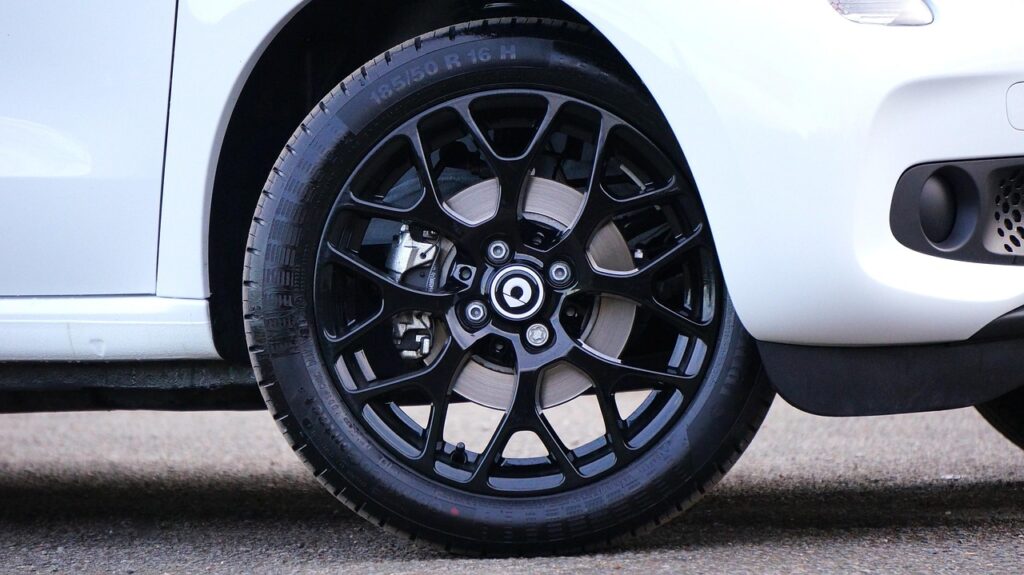
4. **Practice Smart Driving Habits**
How you drive has a profound impact on how efficiently your car uses fuel. Aggressive driving—characterized by rapid acceleration, sudden braking, and speeding—is a major gas guzzler. It not only puts unnecessary strain on your vehicle’s components but also burns through fuel much faster than necessary, significantly increasing your operational costs.
According to the U.S. Department of Energy’s FuelEconomy.gov, aggressive driving can reduce your gas mileage by 15% to 30% on the highway and between 10% and 40% in stop-and-go city traffic. Think of it this way: every time you slam on the gas or brake, you’re essentially turning potential energy into wasted heat and kinetic energy, emptying your tank faster.
The solution is to cultivate smoother, more deliberate driving habits. Start by accelerating slowly and gently, allowing your car to build speed gradually. When you anticipate a stop sign or a red light, ease off the accelerator and coast to a stop rather than braking hard at the last moment. This smooth deceleration conserves energy and reduces wear on your brakes.
Moreover, maintaining a steady speed and adhering to speed limits are critical. Aerodynamic resistance increases exponentially with speed, meaning the faster you go, the more fuel your engine needs to overcome air resistance. On flat stretches of highway, engaging cruise control can help maintain a consistent speed, optimizing fuel flow and reducing unnecessary acceleration and deceleration cycles.
Read more about: Understanding the Road Ahead: The 12 Most Common Causes of Car Accidents in the U.S.

5. **Maintain Proper Tire Pressure**
Your car’s tires are the only part of your vehicle that touches the road, and their condition profoundly influences fuel efficiency, safety, and tire longevity. Driving on underinflated tires is akin to driving with a constant drag, forcing your engine to work harder and consume more fuel than it should. It’s an easy fix that many drivers overlook.
Checking your tire pressure regularly, at least once a month, is a non-negotiable step for fuel economy. This is especially crucial during colder months when air pressure naturally drops. Underinflated tires not only reduce your gas mileage—by approximately 0.2% for every pound they are low—but also shorten tire life due to uneven wear and can compromise your vehicle’s handling and safety, potentially leading to a blowout.
While all cars built since 2007 are equipped with Tire Pressure Monitoring Systems (TPMS), it’s vital not to rely solely on that dashboard light. The TPMS warning often doesn’t illuminate until a tire is more than 25% below its recommended pressure. Waiting for this alert means you’ve already been driving inefficiently and potentially unsafely for a significant period. For example, a tire 25% low on air (if recommended at 40 psi) means you’re already taking a 2% hit to your gas mileage.
Instead, invest in a decent-quality tire gauge, which typically costs between $5 and $15, and make it a habit to manually check your tires monthly. Inflate them to the manufacturer’s recommended level, which can usually be found on a sticker inside your driver’s side door jamb or in your owner’s manual. This simple, proactive step can improve your gas mileage by up to 3% and significantly extend the life of your tires.
Read more about: Desk Comfort on a Budget: 12 Affordable Office Chairs with Excellent Lumbar Adjustments
6. **Lighten Your Load**
When it comes to fuel efficiency, less truly is more. The heavier your car, the more fuel its engine needs to burn to get it moving and keep it at speed. Carmakers invest countless hours in engineering vehicles to be as light as possible, and you can inadvertently undo their efforts—and your potential gas savings—by treating your car like a mobile storage unit.
Think about the items you routinely carry in your trunk, backseat, or truck bed. Do you have golf clubs from last season that you keep meaning to put away? A box of books waiting for donation? A case of bottled water for workouts that sits there for weeks? All this ‘random dead weight’ adds up. Every 100 pounds of extra weight in your vehicle can reduce your fuel mileage by an estimated 1%, translating to about $0.03 per gallon in wasted fuel costs, according to the EPA.
The principle is straightforward: every time you accelerate, you’re using fuel to propel not just your car and its occupants, but also every single unnecessary item you’ve decided to haul around. And when you brake, that energy is converted into heat, rather than being efficiently utilized. It’s an energy-intensive cycle that directly impacts your wallet.
So, take a few minutes this week to declutter your vehicle. Remove anything that isn’t absolutely essential for your immediate journey. If you drive a vehicle with three rows of seats and rarely use the third row, consider removing those seats and storing them in your garage until needed; they can weigh 30 pounds or more. A lighter car is a more efficient car, and a more efficient car means more money stays in your pocket.
Okay, so you’ve nailed the basics. You’re a pro at spotting cheap gas, you’re using the right octane, and your driving style is smoother than a freshly paved highway. Your tires are perfectly inflated, and your trunk is clutter-free. But the journey to peak fuel efficiency doesn’t end there! There are even more impactful methods you can integrate into your routine, delving deeper into vehicle maintenance, smarter trip planning, and optimizing the very features of your car.
This next set of strategies builds on your foundational efforts, offering advanced tweaks that squeeze every last drop of efficiency out of your fuel budget. These aren’t just minor adjustments; they’re smart, proactive steps that will make a tangible difference in your ongoing battle against high gas prices. Let’s gear up and explore the next six game-changing tips to keep more money in your pocket and less evaporating at the pump.
Read more about: Financial Scrutiny: High Stakes and Hard Lessons from 14 Music Icons’ Ventures into the Volatile World of NFTs and Crypto
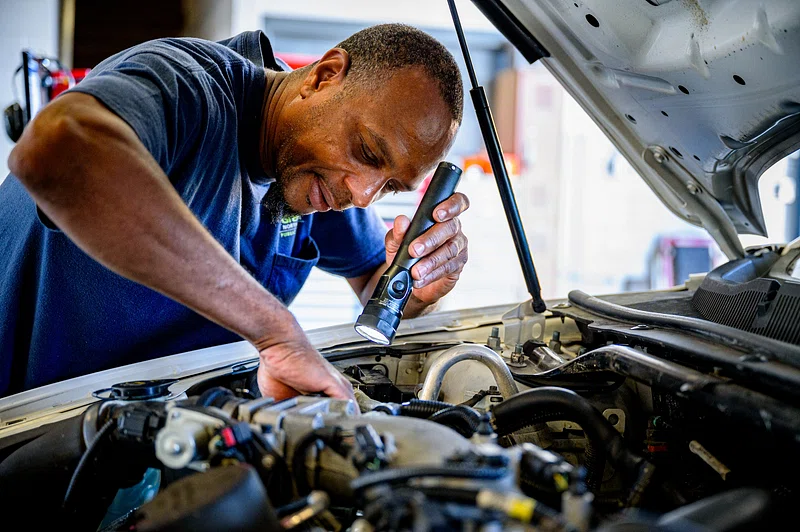
7. **Prioritize Regular Vehicle Maintenance**
Your car is a complex machine, and just like any other, it performs best when it’s well-cared for. While we’ve already covered the critical role of tire pressure, a holistic approach to vehicle maintenance goes far beyond that. Skipping routine checks and replacements isn’t saving you money; it’s practically guaranteeing higher fuel consumption and costly repairs down the line.
Consider your spark plugs and air filters. If you drive an older car, worn spark plugs or dirty air filters can significantly decrease your car’s gas mileage. Modern cars are more adept at managing the air-to-fuel balance, but a clogged air filter still forces your engine to work harder, directly impacting acceleration efficiency and overall fuel economy. Ensuring these components are in good shape is like making sure your car can breathe freely and ignite fuel optimally.
Beyond filters and plugs, the type and level of oil you use are crucial. Always opt for the manufacturer-recommended oil grade during changes, as specified in your owner’s manual. Using the wrong oil can decrease your fuel efficiency, forcing the engine to expend more energy to overcome internal friction. Proper oil levels and the correct viscosity ensure your engine’s internal components move smoothly, minimizing drag and maximizing efficiency.
Think of regular maintenance as preventive medicine for your car. It keeps your vehicle running as efficiently as possible, allowing all systems to work in harmony. This proactive approach saves money on gas in the short term and helps you avoid larger, more expensive issues that can arise from neglected components over the long run.
Read more about: Understanding the Road Ahead: The 12 Most Common Causes of Car Accidents in the U.S.

8. **Strategize and Combine Your Trips**
In our fast-paced lives, it’s easy to just hop in the car for every single errand, but this grab-and-go approach can be a significant drain on your fuel tank. One of the simplest yet most effective ways to cut down on gas consumption is to think ahead and consolidate your journeys. This isn’t just about driving fewer miles; it’s about optimizing how and when those miles are driven.
Grouping multiple errands into a single, well-planned trip dramatically reduces your overall mileage. Moreover, non-electric cars consume more fuel when their engines are cold. Each time you start your car from cold, the engine needs to work harder to reach its optimal operating temperature. By combining several stops into one outing, you minimize the number of cold starts, allowing your engine to run more efficiently for the majority of your drive.
Not only do fewer cold starts conserve fuel, but they’re also better for your car’s engine and the environment. Planning your route intelligently, perhaps using navigation apps that offer “eco-friendly routing,” can further minimize drive time and fuel usage. This strategic approach transforms scattered, inefficient trips into a streamlined, fuel-saving circuit, ensuring every journey is as economical as possible.
It’s about making your car work smarter, not harder. Before you grab your keys, take a moment to consider what else you need to get done and where. A little foresight can turn multiple gas-guzzling mini-trips into one efficient, fuel-saving excursion.
Read more about: Unlock Major Savings: 14 Driving Hacks for Boosting Your Gas Mileage in 2025
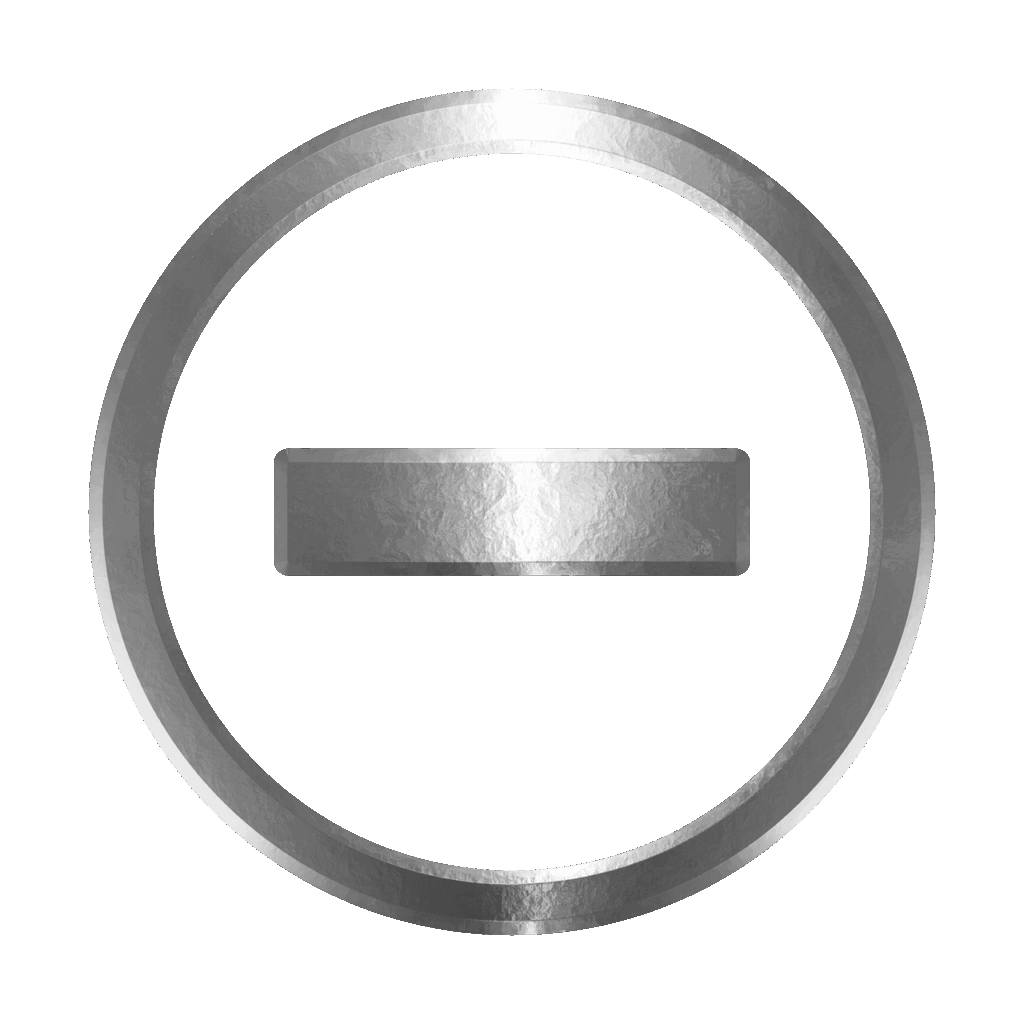
9. **Eliminate Unnecessary Idling**
There’s a common misconception that turning your car off and restarting it uses more fuel than simply letting it idle. The truth, however, is quite the opposite. Your car is actively wasting fuel whenever it’s running but not moving. Experts agree that once you’re stopped, your car is wasting fuel after about 7-10 seconds of idling. This means those quick stops to check your phone, wait for a friend, or grab mail are literally burning money.
Many newer gas cars, and almost all hybrids, come equipped with an automatic start-stop feature precisely for this reason. This system intelligently shuts off the internal combustion engine when the vehicle comes to a stop with the brake applied, only to seamlessly restart it when you press the accelerator. While some drivers find the sensation takes getting used to, the gas savings are genuinely significant.
If your vehicle has an auto start-stop feature, resist the urge to disable it. It’s designed to save you fuel in common stop-and-go situations. For those without this technology, the principle still applies: consciously turn off your engine if you anticipate being stationary for more than ten seconds. Whether you’re waiting in a queue or just running a very short errand, simply switching off the ignition is a simple yet effective way to conserve fuel and reduce emissions.
This isn’t about grand gestures; it’s about recognizing and eliminating those small, habitual moments of fuel waste. Every minute your engine idles unnecessarily contributes to your overall fuel consumption, so making a conscious effort to minimize it will add up to noticeable savings over time.
Read more about: Unlocking Peak Efficiency: Engineer-Backed Strategies to Boost Your Car’s MPG by 10 Without Changing Your Route

10. **Optimize Your Car’s Aerodynamics**
Just as carmakers diligently work to reduce vehicle weight, they also invest countless hours in perfecting aerodynamics, ensuring your car slips through the air as efficiently as possible. However, drivers often inadvertently undermine these efforts, particularly when adding accessories. Improvements to how your car moves through the air matter most at higher speeds, which is why aerodynamics play a significant role in highway mileage.
The most common way drivers hurt their vehicle’s aerodynamics, and consequently their gas mileage, is by attaching items to the roof. Roof racks, cargo boxes, and even bike mounts create substantial aerodynamic drag, forcing your engine to work harder to maintain speed. This increased resistance translates directly into higher fuel consumption, especially during highway driving where speeds are consistently higher.
If you frequently transport equipment like kayaks or bicycles, consider alternative solutions such as hitch-mounted racks or cargo boxes. These options position the load within your car’s slipstream, significantly reducing aerodynamic resistance compared to rooftop setups. The goal is to minimize anything that disrupts the smooth flow of air over your vehicle.
For those times when a roof rack is essential, make it a habit to remove it, or at least the crossbars, when it’s not in use. Even an empty rack creates drag. The EPA estimates that using a “large, blunt roof-top cargo box” can reduce fuel economy by up to 25% on the Interstate, potentially translating to savings of $0.06 to $0.53 per gallon simply by removing it when not needed. A cleaner, smoother profile means less resistance and more miles per gallon.
Read more about: I’m a Race Driver: 7 Apex Machines Pushing the Limits of Speed and Engineering
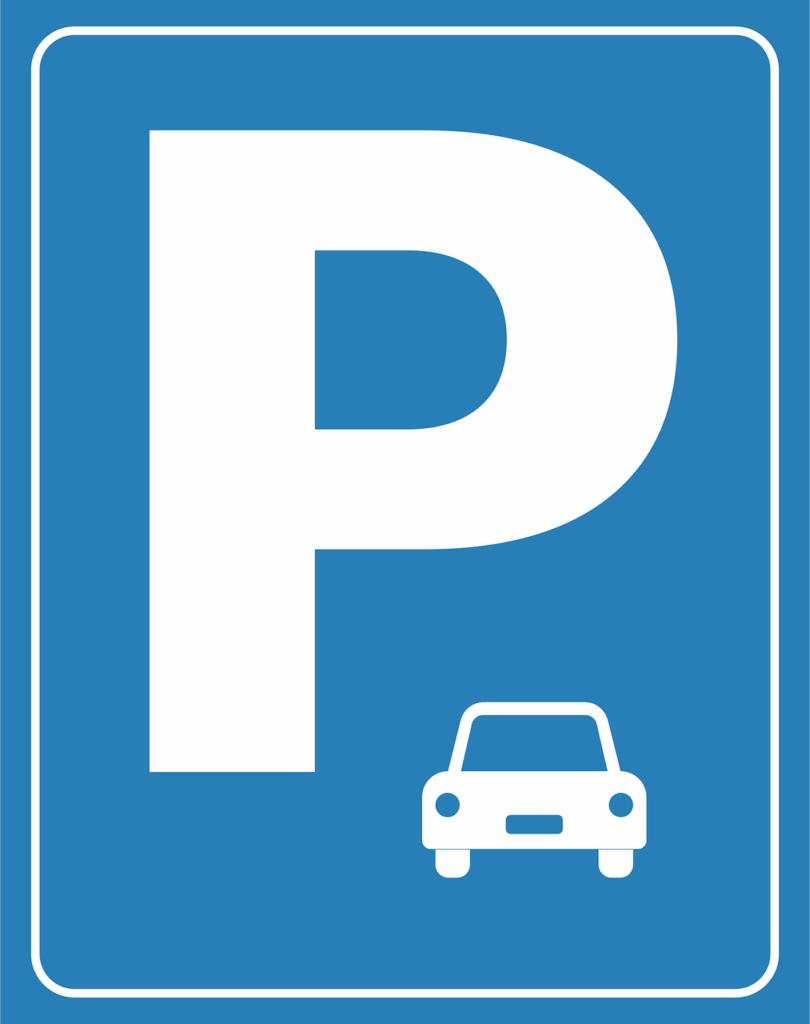
11. **Be Smart About Air Conditioning and Parking**
The comfort of air conditioning often comes at a cost to your fuel efficiency, but strategically managing its use can lead to significant savings. Running the A/C puts a strain on your engine, causing it to consume more fuel. However, the decision to use it isn’t always straightforward, as other factors like aerodynamic drag come into play.
At lower speeds, particularly in city driving, opening your windows to allow for natural ventilation is generally more fuel-efficient than using the air conditioner. The drag created by open windows at slower speeds is less impactful on fuel economy than the engine’s effort to power the A/C compressor. This is a simple, no-cost way to stay comfortable while conserving gas.
However, as your speed increases, the equation shifts. At higher speeds, such as on the highway, the aerodynamic drag caused by open windows becomes more significant. In these scenarios, using your air conditioner is actually more fuel-efficient than driving with the windows down, as the increased resistance from open windows requires the engine to work harder than powering the A/C. Therefore, be strategic: windows down in the city, A/C on the highway.
Additionally, your parking choices can subtly impact fuel efficiency. Parking in the shade helps to reduce heat buildup inside your car. This not only makes the cabin more comfortable when you return but also helps with fuel evaporation and reduces the initial demand on your air conditioner to cool the car down. Less work for the A/C means less fuel used, allowing you to drive off without immediately cranking up the cooling system.
Read more about: 10 Critical Car Maintenance Tasks You Can’t Afford to Ignore

12. **Understand the Reality of “Eco Mode”**
Many modern vehicles come equipped with an “Eco Mode” button, promising improved fuel economy with a simple press. It’s an appealing idea—a magic fix to effortlessly save gas. However, Consumer Reports experts have clarified that relying solely on this button is not a guarantee for substantial fuel savings. In fact, CR has found no significant fuel economy benefit using Eco Mode for city and highway driving.
So, what exactly does Eco Mode do if it’s not a magic bullet? Its true ability lies in encouraging frugal driving behavior. Typically, Eco Mode adjusts various vehicle parameters to promote a more conservative driving style. This can include dulling throttle response to discourage aggressive acceleration, adjusting transmission shift points to keep engine RPMs lower, and sometimes reducing the output of auxiliary systems like air conditioning.
The mode essentially makes it harder for you to drive inefficiently. It provides a gentler, less responsive driving experience that nudges you toward smoother acceleration and deceleration, which are habits we’ve already identified as key to saving gas. It’s a tool to reinforce good habits, rather than an independent system that dramatically optimizes fuel consumption on its own.
Ultimately, while Eco Mode can be a helpful guide, it’s not a substitute for active, conscious fuel-saving practices. The biggest gains in fuel efficiency still come from consistent smart driving habits, diligent maintenance, and thoughtful trip planning. View Eco Mode as a supportive feature, but remember that you, the driver, remain the most powerful tool for maximizing your car’s fuel economy.
Read more about: Riding That Eight-Year-Old Motorcycle? Here’s What Fellow Bikers *Secretly* Think About You (and Why It Matters).
The continuous surge in gas prices can certainly feel daunting, but as we’ve explored, you have a wealth of actionable strategies at your fingertips. From optimizing your purchasing habits and refining your driving style to prioritizing vehicle maintenance and making smart choices about your car’s features, every single tip contributes to a more efficient, economical journey. These aren’t just temporary fixes; they’re smart, sustainable adjustments that will empower you to navigate fluctuating fuel costs with confidence. By integrating these twelve practical tips into your daily routine, you’re not just saving money; you’re taking control and ensuring that every dollar spent at the pump works harder for you. Drive smart, save big, and make every gallon count!


